Introduction to Data Science
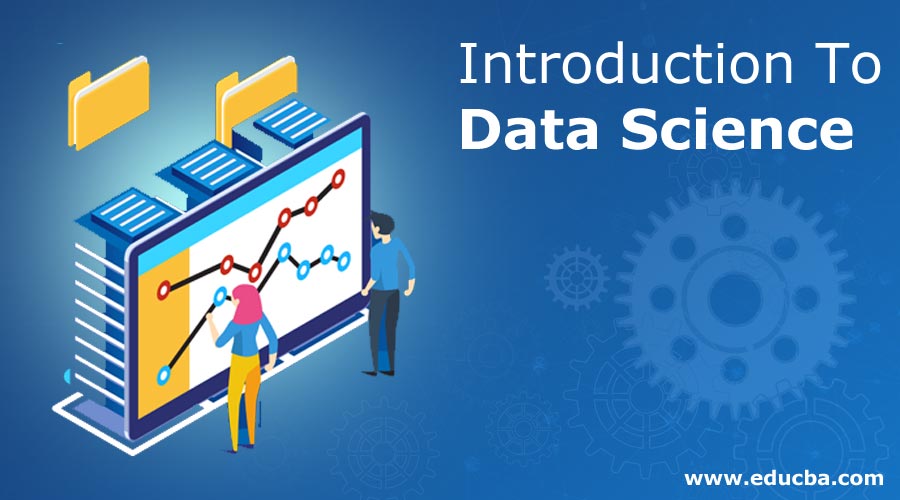
Data Science is an interdisciplinary field that uses scientific methods, processes, algorithms, and systems to extract knowledge and insights from structured and unstructured data. It combines expertise in statistics, data analysis, and machine learning to solve complex problems and make informed decisions.
Key Components of Data Science
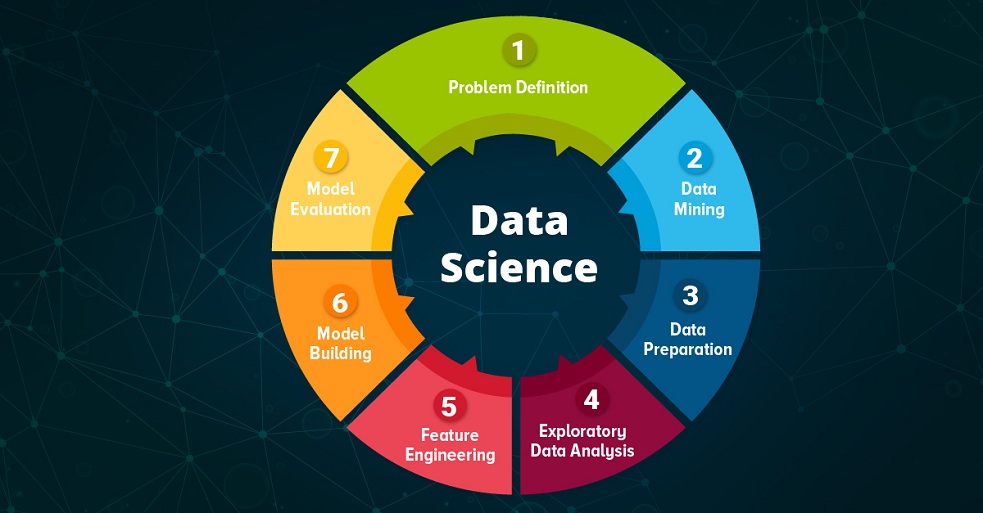
Data Science involves several key components:
- Data Collection: Gathering data from various sources such as databases, APIs, and web scraping.
- Data Cleaning: Removing noise and inconsistencies from the data to ensure accuracy and reliability.
- Data Analysis: Using statistical and computational techniques to explore and understand the data.
- Data Visualization: Creating graphical representations of data to identify patterns, trends, and insights.
Data Science Process
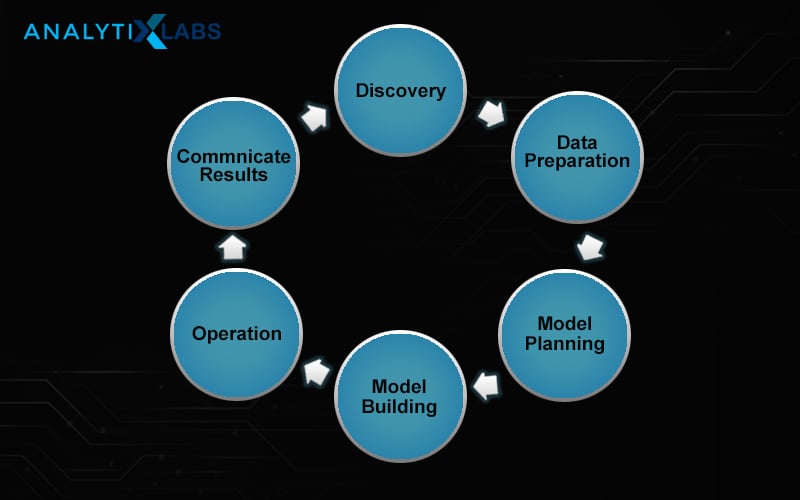
The data science process involves several stages:
- Define the Problem: Clearly understand and define the problem to be solved.
- Collect Data: Gather relevant data from various sources.
- Clean Data: Process and clean the data to ensure its quality.
- Analyze Data: Apply statistical and machine learning techniques to analyze the data.
- Visualize Data: Create visualizations to communicate findings and insights.
- Deploy Model: Implement the solution or model into production.
- Monitor and Maintain Model: Continuously monitor and update the model to ensure its effectiveness.
Data Science Techniques
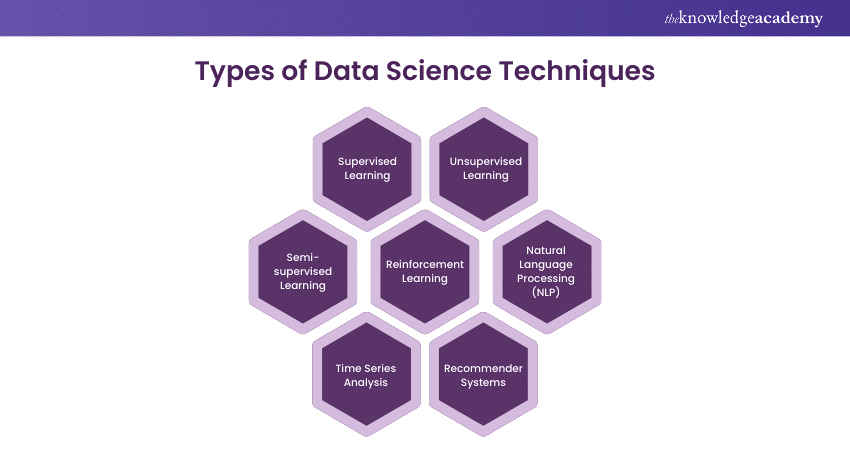
Several techniques are commonly used in data science:
- Machine Learning: Building models that can learn from and make predictions on data.
- Statistical Analysis: Applying statistical methods to analyze and interpret data.
- Data Mining: Discovering patterns and relationships in large datasets.
- Deep Learning: Using neural networks to analyze complex data and make predictions.
Data Science Tools
Data scientists use various tools for different aspects of their work:
- Python: A versatile programming language widely used for data analysis and machine learning.
- R: A language and environment for statistical computing and graphics.
- SQL: A language for managing and querying relational databases.
- Tableau: A data visualization tool for creating interactive and shareable dashboards.
Applications of Data Science
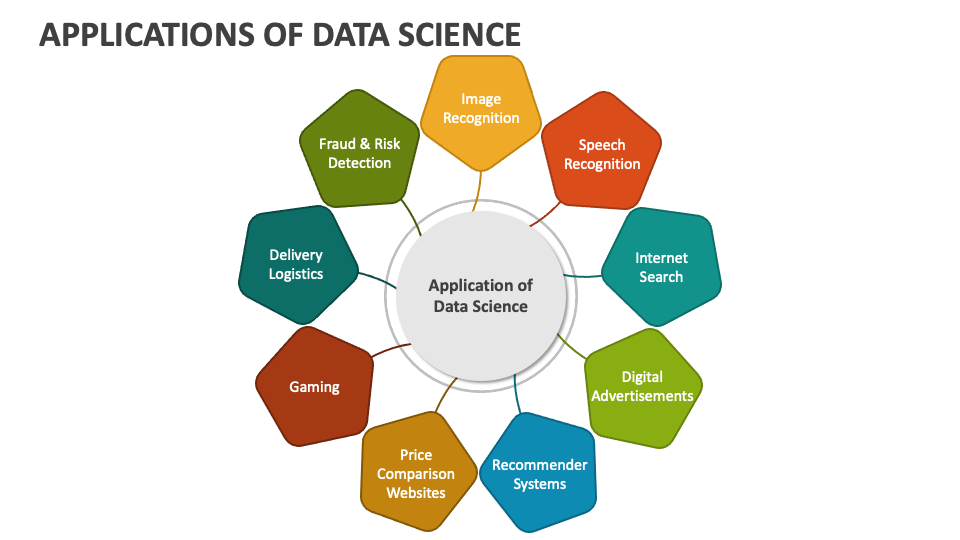
Data science is applied across various domains:
- Healthcare: Predictive analytics for patient outcomes and disease prevention.
- Finance: Fraud detection, risk management, and algorithmic trading.
- Marketing: Customer segmentation, sentiment analysis, and campaign optimization.
- Retail: Inventory management, sales forecasting, and recommendation systems.